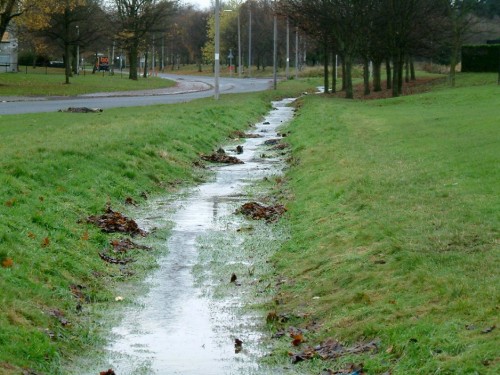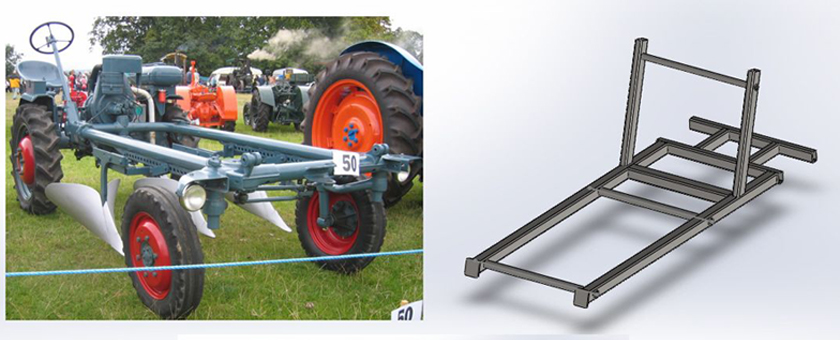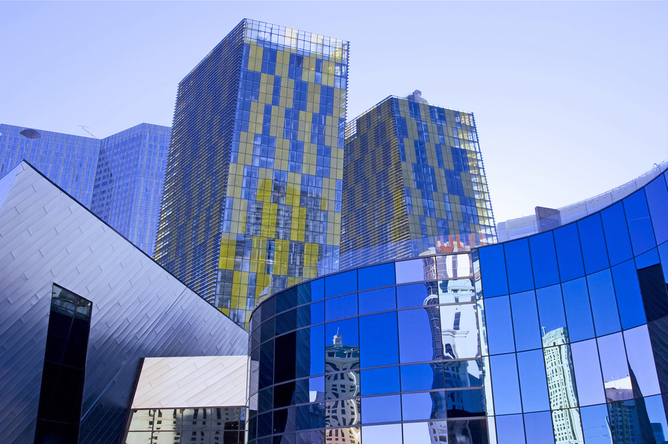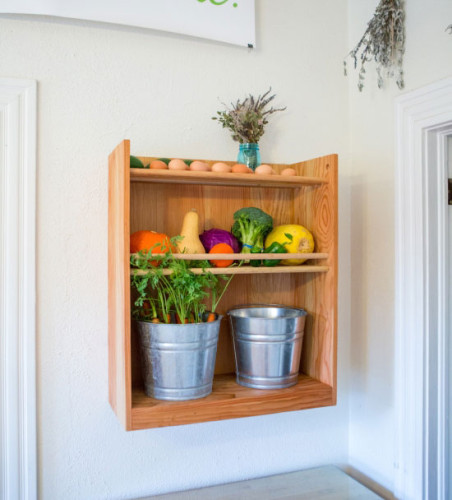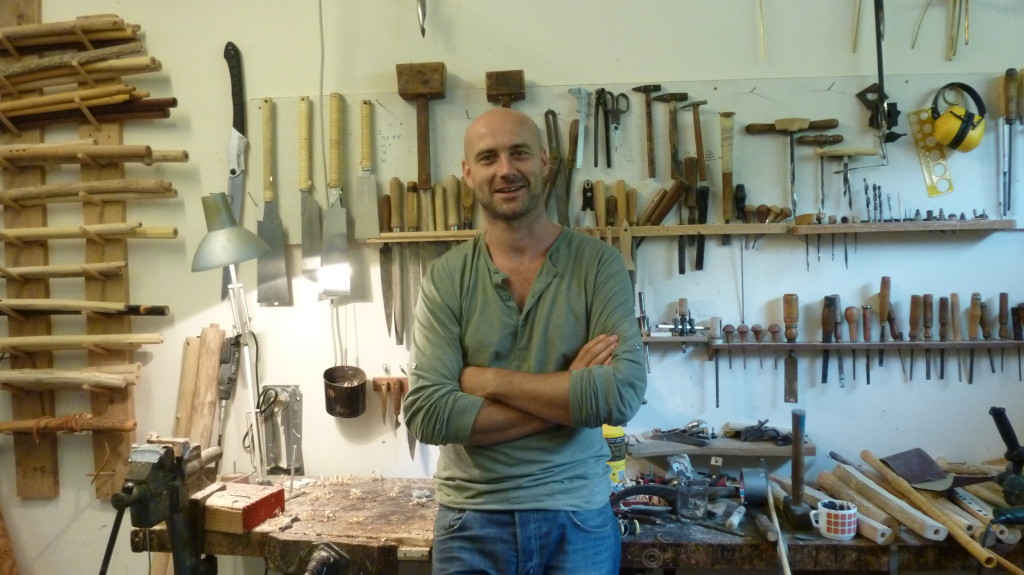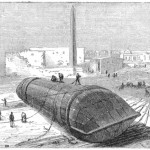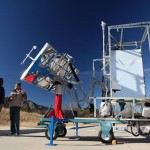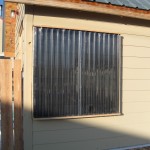“Simply put, swales are water-harvesting ditches, built on the contour of a landscape. Most ditches are designed to move water away from an area, so the bottom of the ditch is built on a modest slope, usually between 200:1 to 400:1. Swales, however, are flat on the bottom because they’re designed to do the opposite; they slow water down to a standstill, eliminate erosion, infiltrate the surrounding area with water, and recharge the groundwater table. When water moves along the flat bottom of a swale, it fills it up like a bathtub — that is, all parts of the bath tub fill at the same rate. The water in a swale is therefore passive; it doesn’t flow the way it would on a slope.” [Read more…]
Recharging Groundwater with Water-Harvesting Ditches
Slow Farming Tools
As a result of the industrial revolution and the subsequent development of “big agriculture,” small-scale farming tools have become almost obsolete. In order to fulfill the demand created by a burgeoning community of small-scale farmers, Stone Barns Center has partnered with Barry Griffin, a design engineer, to develop farming equipment and tools. Called the Slow Tools Project, this partnership brings together leading engineers and farmers to design and build appropriately scaled tools that are lightweight, affordable and open-source. [Read more…]
Cutting Back on Glass
“How do we go about designing buildings today for tomorrow’s weather? As the world warms and extreme weather becomes more common, sustainable architecture is likely to mean one major casualty: glass. For decades glass has been everywhere, even in so-called “modern” or “sustainable” architecture such as London’s Gherkin. However in energy terms glass is extremely inefficient – it does little but leak heat on cold winter nights and turn buildings into greenhouses on summer days.”
“For example, the U-value (a measure of how much heat is lost through a given thickness) of triple glazing is around 1.0. However a simple cavity brick wall with a little bit of insulation in it is 0.35 – that is, three times lower – whereas well-insulated wall will have a U-value of just 0.1. So each metre square of glass, even if it is triple glazed, loses ten times as much heat as a wall. Cutting back on glass would be an easy win. Windows need to be sized, not glorified, and sized for a purpose: the view, or to provide natural light or air. Windows also need to be shaded. Many would argue that we need to re-invent the window, or the building. We need to build buildings with windows, rather than buildings that are one big window.”
Read more: Climate change means we can’t keep living (and working) in glass houses. Via Lloyd Alter.
DIY Urban Root Cellar
“As we experiment with cultivating a greater agrarian connection, it’s time for us to revisit the age-old wisdom of the root cellar. Traditionally, root cellars are underground structures used to store vegetables, fruits and other foods. Because the earth’s mean temperature hovers around 60 degrees, a root cellar serves as the perfect natural refrigerator.
Although building a root cellar may not be practical for everyone—especially for those of us who live in urban areas—we can still apply some of the same concepts and techniques utilized in traditional root cellars to keep our harvest naturally fresh and lasting longer. The design of this urban root cellar, by Elliott Marks, was inspired by an exhibition by Jihyun Ryou, called “Save Food from the Refrigerator.”
The design incorporates key elements of a good root cellar — a variety of shelves, humidity, and air circulation — while also being small and portable. It is easily achievable by anyone and we encourage you to adopt this design or create a version that works for you. The general concept is to create a storing space specifically designed to preserve the garden harvest using grandparents’ know-how.”
Read more: Make your own urban root cellar, Mother Earth News.
21st Century Craftsmen: Winne Clement, Flutemaker
The fujara is a long 3-holed fipple flute played in standing position with the flute held close to the body. It’s played using the natural harmonics system, which means the different tones are played by controlling the strength of inblown air. Using only three holes, the diatonic major scale can be reached playing two and a half octaves. Due to the natural harmonics the tuning will always be a compromise, but Belgian flutemaker and musician Winne Clement puts a great deal of effort in tuning and balancing the tones, in such a way that playing together with Western tuned instruments is possible.
All his flutes are made of harvested branches of local inland wood such as ash, elder, maple, hazle, etc. The wood is carefully chosen and cut in winter time – with respect for the environment, not damaging the donating trees – and put to dry for a long period of time. When making the flute the wood is never split in half to hollow it out, but hand-drilled with special old forged drills, leaving the main structure of the wood intact, benefiting the sound, and following the natural curves of the wood. No Tech Magazine visits Winne Clement in his studio in Ghent, where he explains us his tools and methods. [Read more…]
No Tech Reader #1
- Killer robots: the soldiers that never sleep [BBC]
- Let children move around, stand or walk in the classroom. You’ll see the difference [The Conversation]
- Mixed fortunes as solidarity economy takes root in Greece [The Guardian]
- When the end of civilization is your day job [Esquire] Via Ran Prieur.
- The internet of things you don’t really need [The Atlantic]
